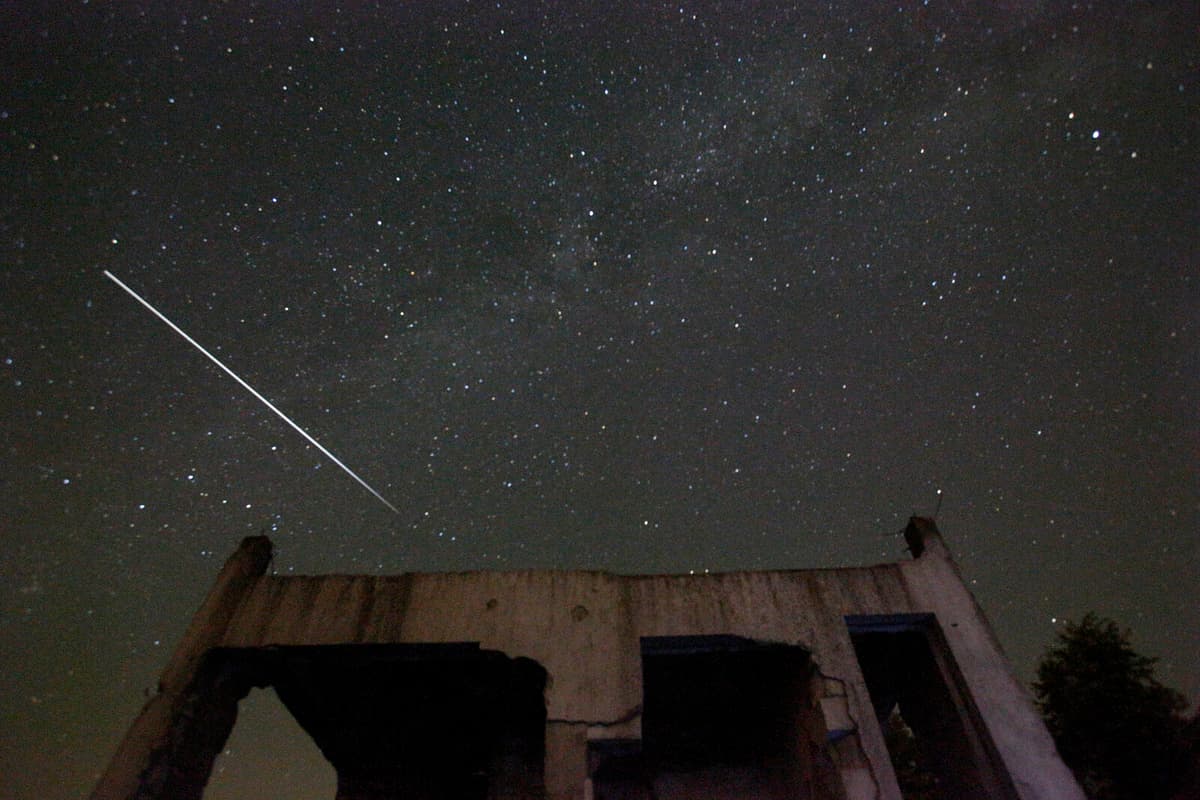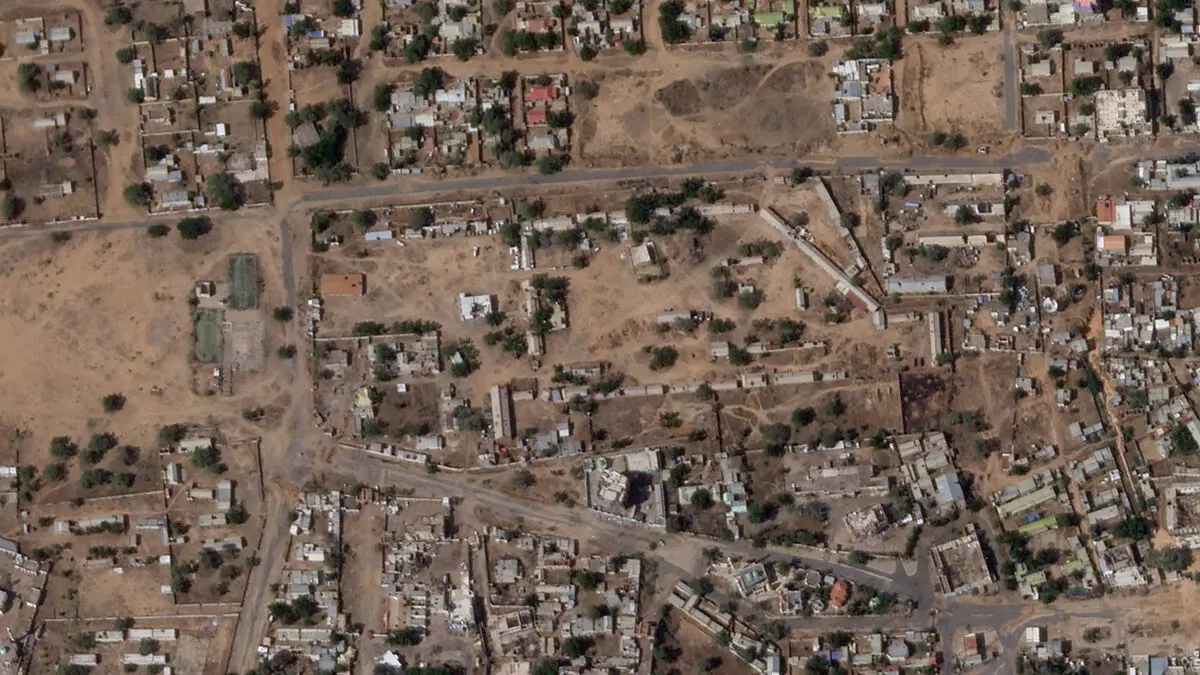They can be seen a week before and a week after, but at best when the peak is reached, says Peter Linde, chairman of the Swedish Astronomical Society.
The Perseids, which have got their name because they seem to come from the constellation Perseus, have been observed for a very long time, about 2,000 years. The swarm consists of dust and small stones that have been released from the comet Swift-Tuttle, which passes the inner solar system between the sun and Jupiter every 133 years, most recently in 1992.
Shower of star falls
The rain occurs when the earth passes straight through the particles' path. The comet dust looks like a shower of star falls when they crash into the earth's atmosphere. The amount varies a bit from year to year, depending on how much dust the comet has left behind.
The dust particles are very small, less than half a centimeter, says Peter Linde.
Burn up
The particles have a speed of 60 kilometers per second when they hit the atmosphere. The friction during braking is so violent that they heat up to a temperature of over 1,000 degrees. It is when the particles start burning that we see them – and resemble them to falling stars. When the rain peaks, it is possible to see up to 60 such star falls per hour.
Interestingly, they are mainly visible from the northern hemisphere, which is related to Swift-Tuttle's path.
But this year they will not be seen as well as in some other years. There will be a full moon just before, which means that there is a little more light in the sky than usual, says Peter Linde.
The Perseids are not the only meteor shower that can be seen in the night sky during the autumn. Here are some of the others:
Orionids, October 2 - November 7.
Taurids, October 13 - December 2.
Leonids, November 6 - November 30.
Geminids, December 4 - December 20.
Ursids, December 17 - December 26.





